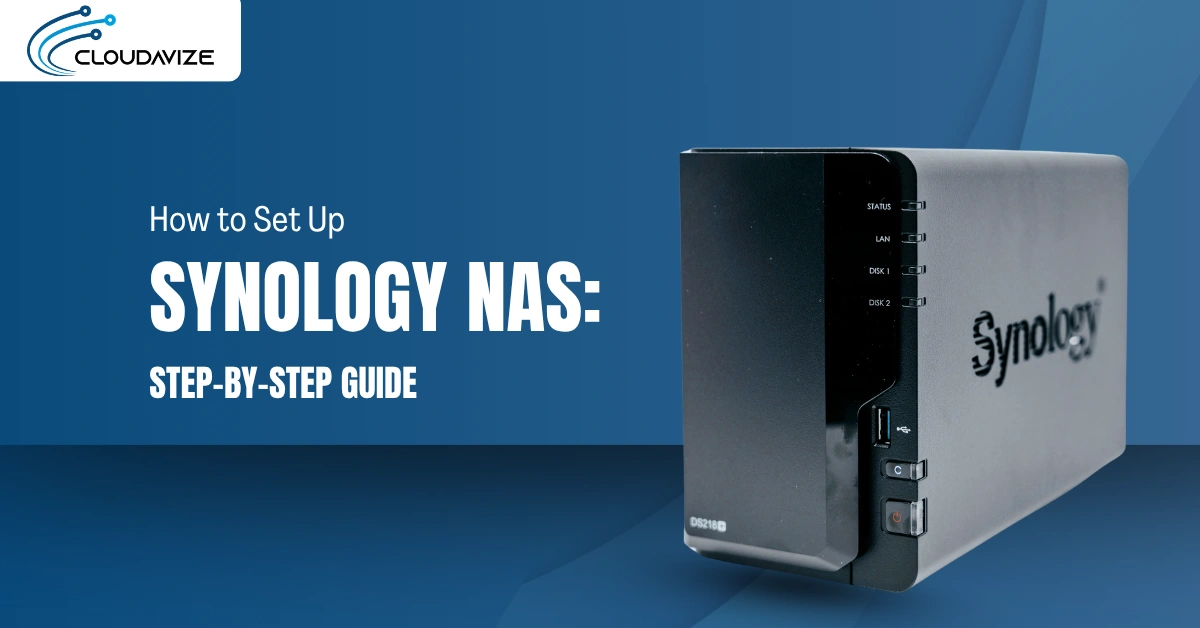Microsoft is one of the worlds top Cloud service providers. Their Office 365 is the most widely used cloud service by user count and Microsoft 365 combines that prominent platform with the world’s most popular operating system (Windows 10) as well as sophisticated mobile device management tools.
If you’re like most CEOs and business owners, you’ve transitioned to cloud solutions to increase mobility, flexibility, and productivity, but worry about the security of all those moving parts.
It seems rare a month goes by these days before we hear about another major data breach and wonder who will be next.
The latest breach is from well-known custom merchandise company CafePress, who had 23 million user accounts compromised, including sensitive information like SSNs and user passwords.
For every enterprise breach we read about, there multiple others targeted at smaller businesses, that are just as costly for them and that don’t make the national news.
One thing Microsoft has done to help its users improve their data security is to introduce Microsoft Secure Score, which gives you more visibility into security settings and offers up a score on how well you’re doing compared to other businesses.
The Secure Score tools also provides suggestions to help improve your overall application security in multiple areas, but how do you know which areas to address first?
We’ve got some tips below on things to do to beef up your overall data security and improve your Microsoft Secure Score.
Table of Contents
Top Tips for Securing Your Microsoft 365 Platform
From user permissions to mobile device protection, there are many areas of your IT infrastructure where the wrong settings can put your business at risk of a breach. Get started on the right cybersecurity path by following these tips for a more secure Microsoft 365.
Protect Against Password Breaches
Weak or hacked passwords are responsible for 81% of data breaches, which makes password security one of the main ways you can stop intruders in their tracks.
The best way to keep your passwords from being breached is to implement multi-factor authentication (MFA) in your Microsoft 365 application. This means that even if a password is breached, the hacker won’t be able to access your company data or applications because multi-factor authentication requires an additional step at login, which is to input a PIN that’s sent via text message to the user’s phone.
Requiring MFA for your users will significantly increase your cloud data security.
Protect Against Malicious Email Links & Attachments
Phishing may have been around for a couple of decades now, but it’s still the “go to” tool of cybercriminals everywhere. They use it to deliver malicious email attachments or links that can contain spyware, ransomware, trojans, or any number of other dangerous scripts.
Microsoft Office Advanced Threat Protection (ATP) can be used for cloud-based email filtering that analyzes links and attachments before they’re opened by your employees. It’s harder than ever these days for a person to tell a spoofed email from a real one, which makes ATP an important tool to protect your office from the #1 delivery method for malware.
Manage and Wipe Mobile Devices
There’s no denying that more of our workload is being done on mobile devices every year. They allow us to work from anywhere and, in combination with cloud services, give us access all our important work applications and files whether at home or work.
But with that mobility comes a whole new set of security risks which require a mobile device management application to help you mitigate.
One of the features of Microsoft 365 is Microsoft Intune. This mobile device management platform helps you securely manage iOS, Android, Windows, and macOS devices. Your data can stay protected, even if you have a “bring your own device” (BYOD) policy, which ensures data security compliance. Intune also gives you the ability to remotely wipe lost or stolen devices so they can’t access any of your corporate apps or data.
Protect Against Sensitive Data Loss
Regulatory compliance means protecting sensitive information that you’ve collected either from customers, vendors, or employees. This can include personally identifiable information (PII) such as:
- Email addresses
- Credit card numbers
- Social Security Numbers
- Health Records
- Addresses
- …and more
By enabling data loss prevention (DLP) in the Office 365 Security & Compliance Center, you can monitor and protect sensitive information across multiple programs, such as Exchange Online, SharePoint Online, OneDrive for Business, and Microsoft Teams.
DLP is designed protect against the leaking of sensitive data and helps your business comply with data regulations.
Need Help Beefing Up Your Cloud Security?
Often there’s a trade off between security and usability, and if it’s not handled right, it can mean a security breach that severely impacts business. Cloudavize helps companies find the perfect balance and ensure they’re protected from a data breach without negatively impacting their productivity.
Schedule your free consultation today and sleep easy tomorrow!



